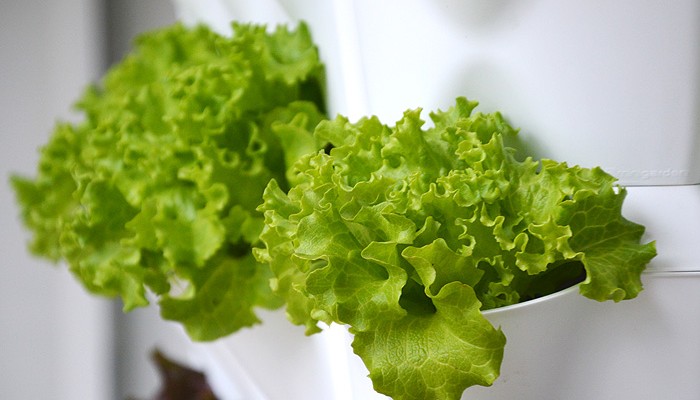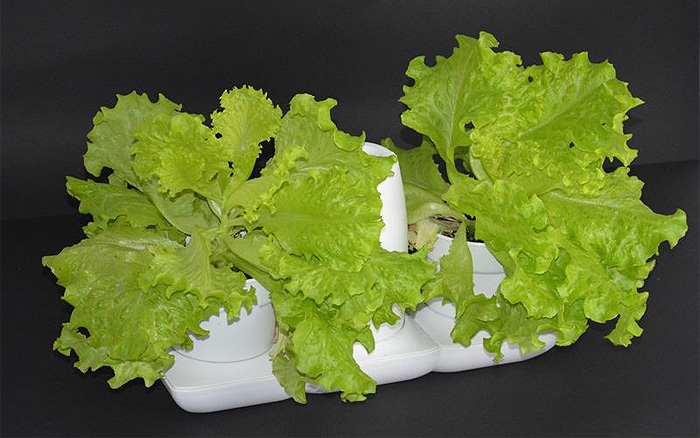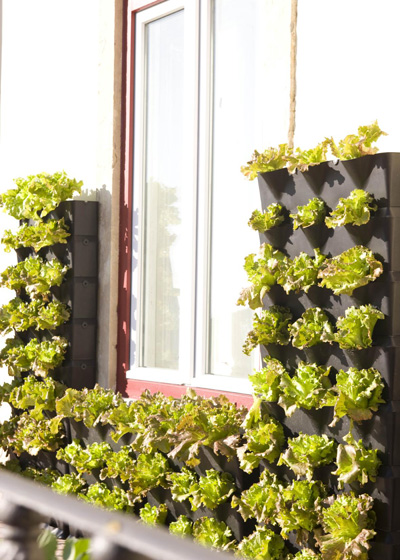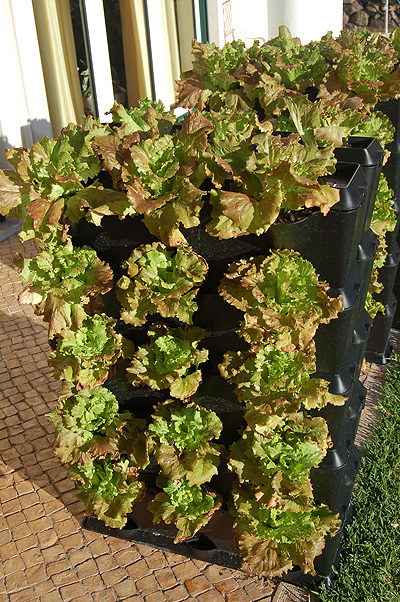
My fridge would be barren without lettuce. Except for a few times, my weekly grocery shopping always includes some form of this pleasantly green vegetable: Romaine, Looseleaf, or Butterhead. As the main ingredient of a great salad, lettuce cannot be missing from the dinner table, especially during summer, when the suffocating heat imposes itself on our meal choices.
Luckily, growing lettuce at home isn’t the least bit difficult — no more than going out to buy some and certainly safer. If you have any kids around, get them to help you, as they will love being a part of the process, which may also be an incentive to eat more vegetables: lettuce is fun, so it can only be tasty.
Green: the colour of sustainability and health
There’s no way around it: the more colour on a plate, the healthier the meal, and green is a mandatory presence. Having lots of lettuce leaves in your fridge is a sure way to keep your health on track. Despite being a low calorie food, lettuce is high in nutrients and iron, and helps fighting insomnia. Hair and skin beauty also goes hand in hand with eating well, and it is thought that drinking lettuce juice, on a regular basis, stimulates hair growth.

Also, keep in mind that the darker leaves of lettuce are more nutritious but they are all equally delicious. Albeit its scrumptiousness, if the roots of the lettuce are unknown, you’ll be in the dark about the kind of chemicals used in its production. In this case, not even lettuce with all its nutrients can be of any benefit. Knowledge is the key to ensure the safety of the foods you eat every day.
On the other hand, although it is possible to grow lettuce all year round, this vegetable still travels many miles to reach your home. By producing your own lettuce, you are contributing to a sustainable living on our limited planet. Besides, you are avoiding the enormous amount of waste that starts on the initial stages of mass production. Before reaching stores shelves, many vegetables have already been disposed of, and afterwards, their destiny isn’t any different. Grow lettuce because it’s better fresh, and stop buying vegetables bound to end up in the trash.
Get to work
Lettuce is one of the easiest vegetables to induce kids to eat — barely noticeable and absolutely delicious — and is a visually interesting plant that can be part of any decorative layout. More than just a fun, useful, easy project, growing lettuce is also easy. A great tip is to buy them as baby plants, as they are cheap and you get an immediate visual result.

There are many kinds of lettuce that mainly differ on the texture and shape of the leaves, not on the planting time. Lettuce can be planted at any time of the year but avoid frost and excessive heat because it brings bitter leaves. Spring is the best time to star a lettuce plantation.
If you like many kinds of lettuce, plant different varieties at the same time. For example, you should choose Iceberg lettuce for its brittle leaf and crispiness, and use it in sandwiches and with hamburgers. Wrap up your plantation with Romaine and Bibb lettuce.
The size of your plantation is dependant on the daily needs of your household and space available. One Minigarden Vertical can house up to nine plants — one in each container — but it’s possible to increase the number of receptacles by making different combinations with the help of Minigarden Corner, for example. A simpler option would be to plant two lettuces in a Minigarden Basic. Then, just sit back and watch the plants grow.
To ensure the quality of your production, choose a sunny spot to grow the plants but partial shade can also be of benefit during the hottest hours of the day.
Tips for a successful and fruitful lettuce production

In the case of Romaine, and other species of lettuce of this kind, leaves can be picked as you need them, which is great for daily consumption and upholding of a cared, beautiful garden. Make sure you keep the soil damp because lettuce is a moist-loving plant.
The plants should be watered frequently — every day, or day in, day out — before the highest temperatures of the day, and the soil should never get too wet, or dry.
As the most present food during summer, it’s easy to come up with different culinary uses for lettuce. The only difficulty is to get out of the salad and sandwich rut. Once in a while, lettuce should be cooked. For example, lettuce soup is one of my favourite alternatives to the regular cold dishes. Just boil water with lettuce, potatoes and pepper, and puree the soup in a blender.
There’s nothing better than freshly picked lettuce leaves always at the tip of your fingers.

 Cymraeg
Cymraeg